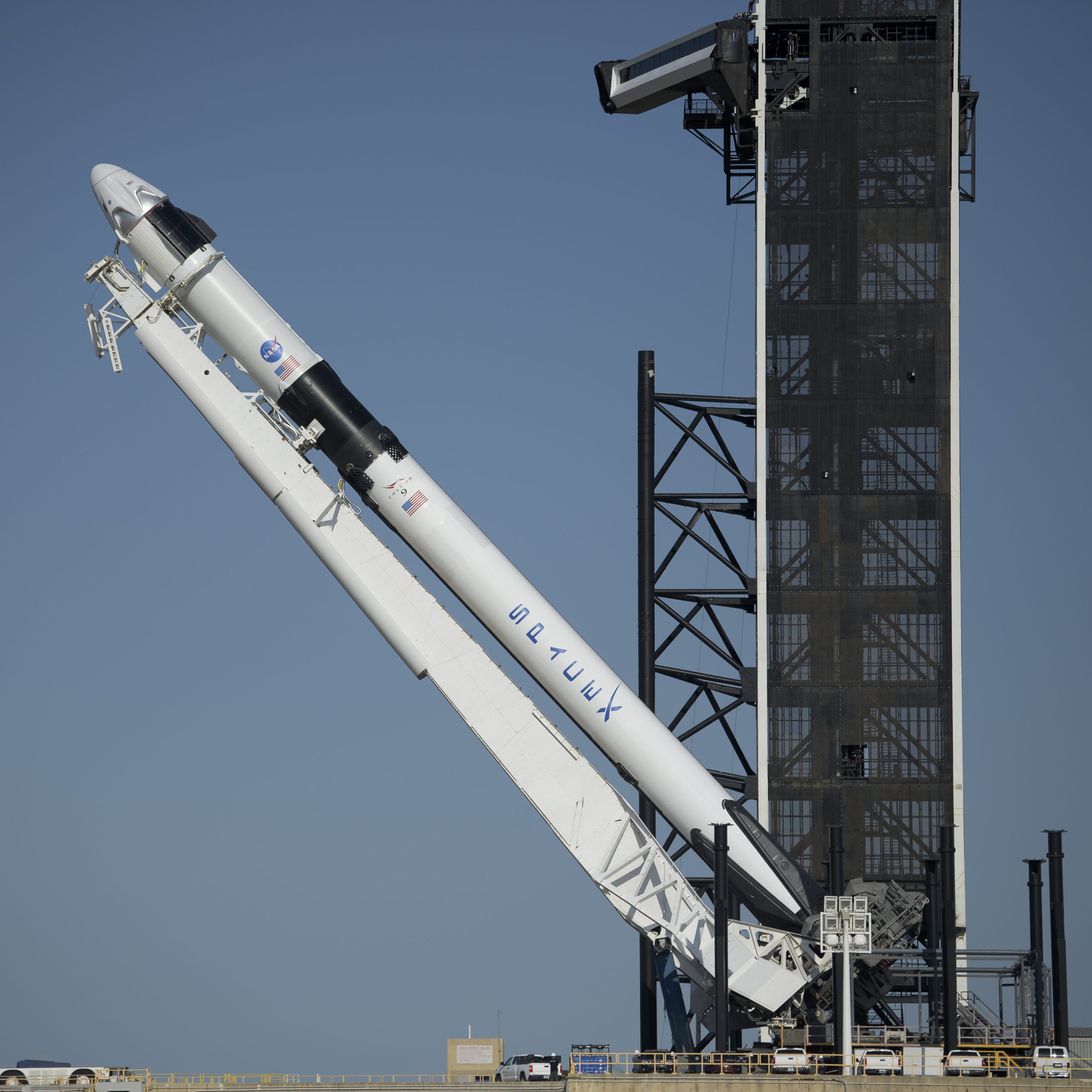News Highlight
A SpaceX Falcon 9 rocket successfully launched from Florida, carrying a new NASA device that can track air pollution over North America.
Key Takeaway
- Scientists can use the Tropospheric Emissions Monitoring of Pollution (TEMPO) sensor to monitor air pollutants.
- Their emission sources from space are being tracked down to the neighbourhood level in greater detail than ever.
- According to Kevin Daugherty, NASA’s TEMPO project manager, the gadget will measure pollutants.
- During the day, air quality is measured hourly across North America, “from Puerto Rico up to the tar sands of Canada.”
Falcon Heavy Rocket
- About
- Falcon Heavy, according to SpaceX, is the most powerful rocket in the world by a ratio of two.
- The rocket is 70 metres tall, 12.2 metres wide, and weighs 1,420,788 kilogrammes.
- Falcon Heavy features 27 Merlin engines, providing more than five million pounds of thrust during lift-off.
- It is equivalent to approximately eighteen 747 aircraft at full power, making it the most capable rocket.
- SpaceX’s Merlin rocket engines are used on Falcon 1, Falcon 9, and Falcon Heavy launch vehicles.
- In a gas-generator power cycle, Merlin engines employ RP-1 and liquid oxygen as rocket propellants.
- These engines were built to be recovered and reused.
- The rocket can lift approximately 64 metric tonnes into orbit.
- For increased force and lift capacity, the Falcon Heavy has three boosters.
- SpaceX’s Falcon Heavy rocket was last launched from NASA’s Kennedy Space Center in June 2019.
- As part of the Department of Defense’s Space Test Program-2, it carried 24 satellites.
- Current Mission
- The rocket is transporting satellites to space for the US military as part of the US Space Force (USSF)-44 mission.
- The mission carried two spacecraft payloads, one of which was the TETRA 1 microsatellite.
- It was developed for several prototype missions in and around geosynchronous Earth orbit.
- The second payload is for national defence.
- It will be responsible for deploying satellites for the Space Systems Command’s Innovation and Prototyping programme.
Tropospheric Emissions Monitoring of Pollution (TEMPO)
- About
- It will monitor pollution and air quality across North America hourly during the day, from Puerto Rico to Canada’s tar sands.
- Its data will be used by entities tasked with combating air pollution.
- TEMPO will rotate with the Earth, which means it will always be over North America.
- Significance of TEMPO
- By tracking everything from rush-hour traffic to pollutants from forest fires and volcanoes.
- NASA data will aid in improving air quality across North America.
- It is smaller and has been described as a space chemistry laboratory.
- It will be hosted on a geostationary Intelsat communications satellite.
- Because existing pollution-monitoring satellites are in low Earth orbit, they can only give measurements at a predetermined time once a day.
- TEMPO can measure atmospheric pollution down to the neighbourhood level, or 4 square miles.
- It will have a wide range of applications, including detecting the levels of various pollutants, forecasting air quality, and assisting in formulating emission-control policies.
Geostationary orbit
- About
- Weather satellites and telecommunication satellites both use this orbit.
- There were no air quality instruments detecting gases at the time.
- Geostationary satellites (GEO) circle the Earth from west to east above the equator.
- GEO is 35,786 kilometres above sea level.
- They move at the same speed as Earth.
- Due to this, satellites in GEO appear to be stationary over a set place.
- Satellites that must remain constant over one location on Earth, such as telecommunication satellites, use GEO.
- This allows an antenna on Earth to be fixed so that it is always aimed at the satellite.
Conclusion
- The equipment is intended to detect ozone, nitrogen oxide, sulphur dioxide, and formaldehyde, among other contaminants.
- Because all these pollutants are known to affect human health and the environment negatively, monitoring their levels is critical for understanding and minimising their consequences.
- TEMPO, a NASA device, is poised to change how scientists view air quality from space by giving unprecedented resolution in monitoring major air contaminants down to four square miles.
- As a fixed geostationary orbit above the equator, TEMPO.
- It will be able to evaluate air quality throughout North America hourly during the day, exceeding current restrictions of around 100 square miles in the United States.
Pic Courtesy: NASA
Content Source: Indian Express



